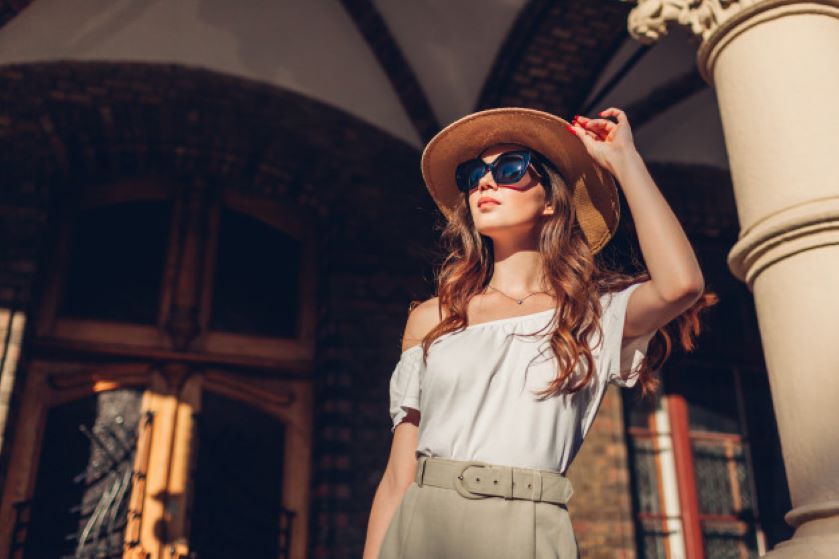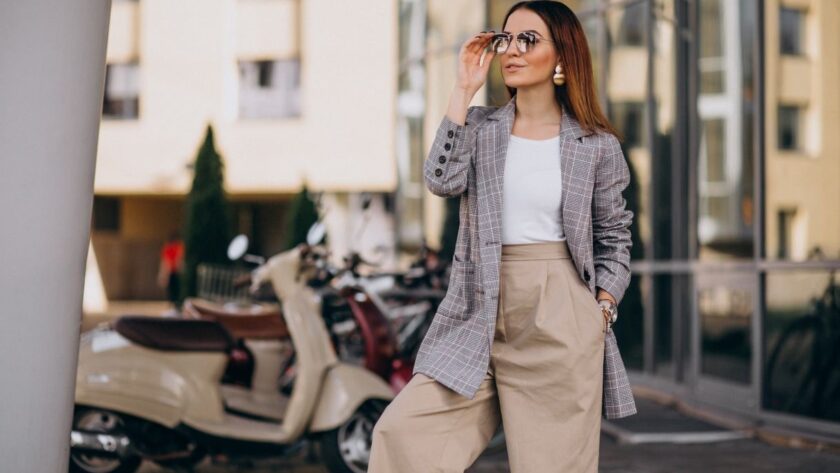Find Out the Meaning of the Terms Most Used by Fashion Designers
Clothes
Cocktail Dress: American invention, cocktails became popular in the early 1920s and with their establishment the need for appropriate attire was born. This, since it could also be worn for dinner, banned the afternoon dress once and for all. The cocktail dress was knee-length or slightly below, usually made of: light weight wool, satin, silk, velvet or other precious fabrics, often embroidered, or in any case embroidered with decoration, and left the shoulders and legs uncovered. For this reason the cocktail dress was often complemented by a short jacket or bolero. It has remained popular to this day and is always in fashion trends.
Caftan: Chief believed to be of ancient Mesopotamia origin. Soft cut, it is long to the ankle, open at the front, has wide and long sleeves; usually in cotton or silk, it is closed by a sash. Many were the designers, from Dior to Yves Saint Laurent who were inspired by the shape of the caftan for their creations.
Chemisier: The term appears in the 1950s to indicate a dress closed in front by buttons, with or without a collar, with an essential line just like that of a shirt. Line followed by many designers of the past: Worth, Poiret, Chanel, Lanvin.
Delfi: Dress inspired by the Greek peplum, resembles a tunic. Cylindrical in shape long to the ground, tied at the waist by a cord, it is presented in hand-pleated silk, the shoulders and sleeves are held by Murano glass beads called murrine.
Dirndl: Traditional Tyrolean dress, characterized by a wide skirt softly gathered at the waist, to create soft folds in the fabric.
Gown: From the English language it has entered the global speech and indicates the evening dress.
Frac: Men’s suit, now used for very formal occasions, with a jacket short to the waist on the front, and which extends behind in two layers called dovetails.
Kimono: Soft Japanese dress with wide sleeves to be fastened at the waist with an obi, a sort of wide sash. Introduced in Europe in the eighteenth century, it inspired painters and artists in general.
Robe Manteau: Dress used mostly in winter or spring. Straight or fitted, buttoned on the front often double-breasted with a man’s collar and lapels. Similar in cut to a coat or overcoat.
Sari: Typical Indian women’s clothing, which consists of a rectangle in silk, cotton, without cuts or seams to be draped around the body. Long to the ground, it leaves one shoulder uncovered and is secured with soft drapes on the other.
Sarong: Traditional garment of men and women of Malaysia and Indochina. It is a piece of cotton or silk that drapes by closing it on the side, around the waist or at the height of the chest, usually down to the feet.
Scamiciato: Sleeveless feminine dress, usually with a rounded neckline, but also straight or square, to be worn over a shirt or T-shirt.
Smoking: Male evening dress, usually made of cloth or silk and wool. It consists of a black single or double-breasted jacket, but also in other colors. The breeches are black with a silk chevron on the outer seam. The whole is completed by a sort of high pleated silk belt that covers the waist.
Tight: Male formal suit, with black jacket with wide and long brims, starting on the front and striped trousers in shades of black gray. A pearl gray or white waistcoat generally accompanies the suit.
Tubino: Simple and chaste dress of which the most famous version is the black, classic and tight-fitting one. The tubino, launched by Chanel and called the petit noir, is the emblem of the 1920s.

Accessories Designer
The Accessories Designer takes care of designing accessories, jewels, shoes and bags, in every phase of his creative process and of realization that lead to the finished product. He often lets his work be contaminated by the fashion sector, obviously, by design and art.
Accessory
An accessory (bag, scarf, jewel, shoe, ..) is a secondary element that supports the main look and makes it unique. It therefore has the function of completing an outfit and improving it.
Allure
From the French verb aller, to go has the meaning of gait, bearing. The term is used in the fashion landscape to indicate: the image and the overall atmosphere that is transmitted.
Applications
Term used to indicate any decorative element sewn, embroidered or designed on another fabric or on a finished garment.
Bag Designer
The Bag Designer is the professional who deals with the conception, design, and, sometimes, even the realization of a bag.
From the first sketch, in fact, he creates the project, and then chooses the right combination of materials for the creation of the accessory.
Often it relies on specialized craftsmen who take care of completing the finished product.
Bikini
Swimsuit consisting of a coulotte and a bra. Created in 1946 by Heim, a French designer, who called his creation “Atome”.
In the same year an unknown designer will baptize his two-piece bikini, after the name of the atoll in the Pacific Ocean where the United States was carrying out its nuclear tests.
